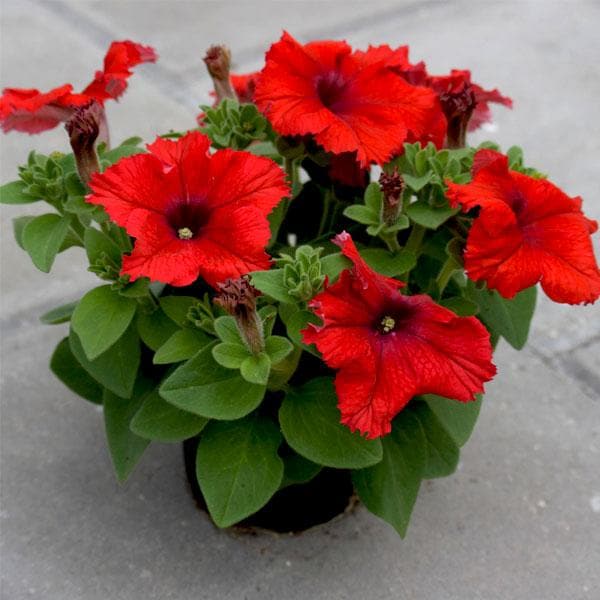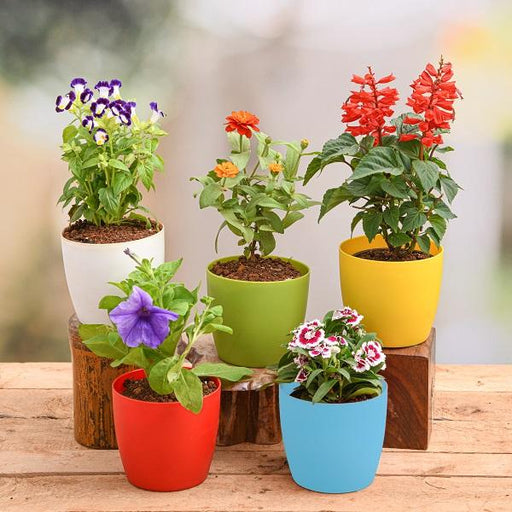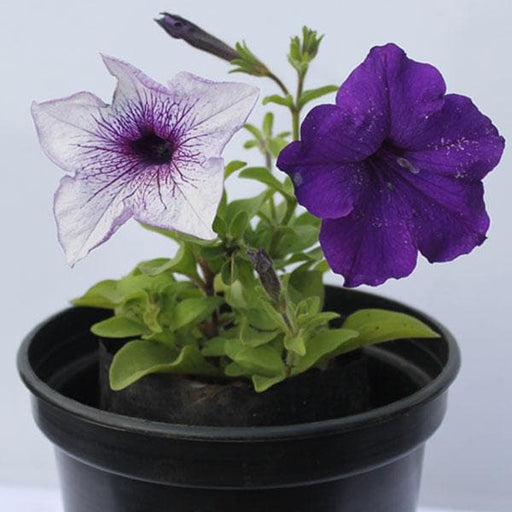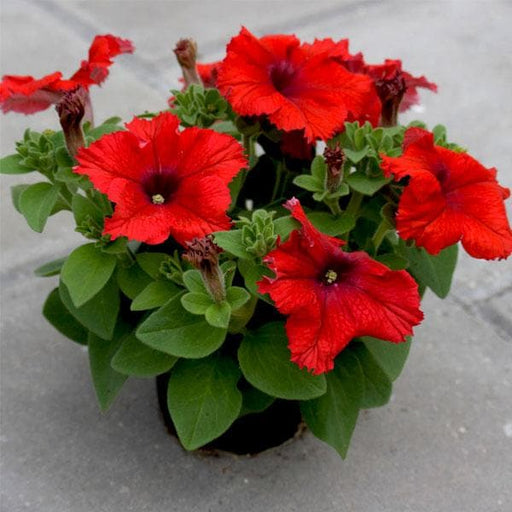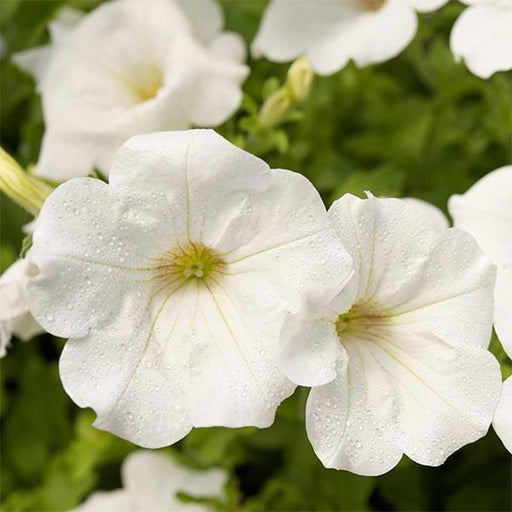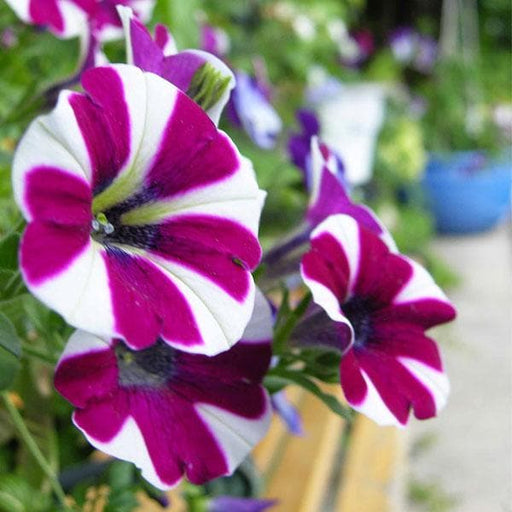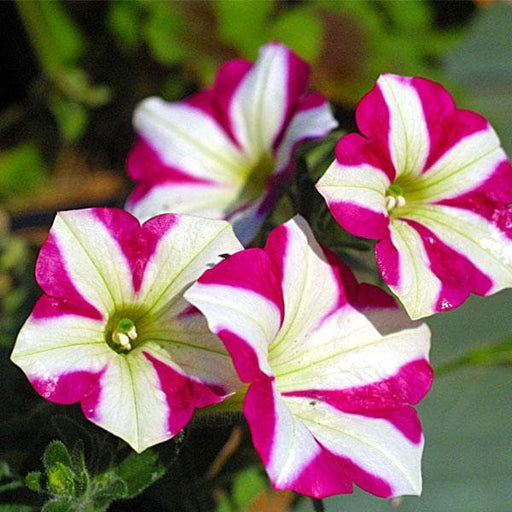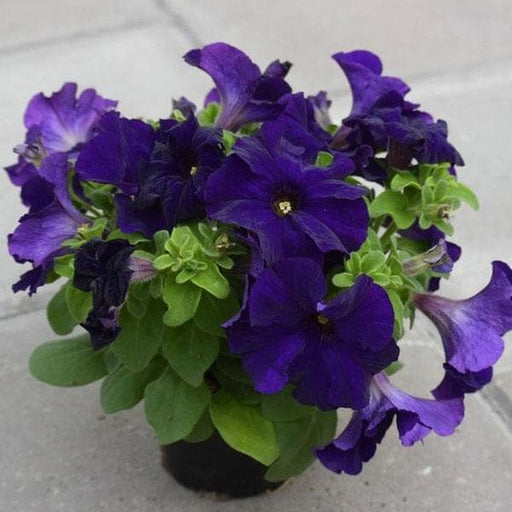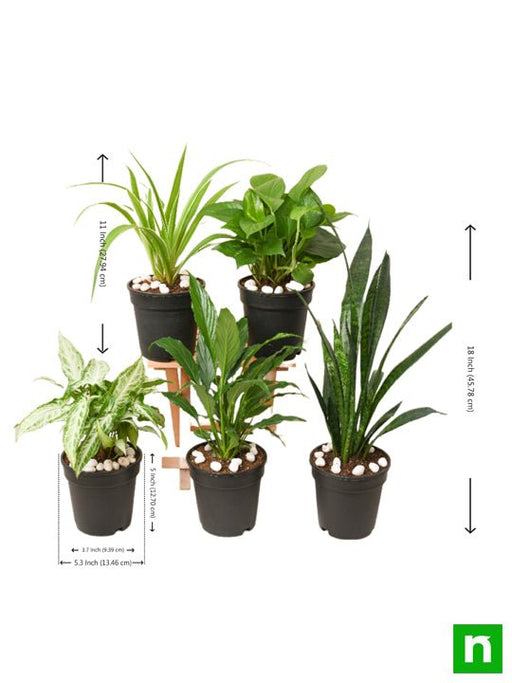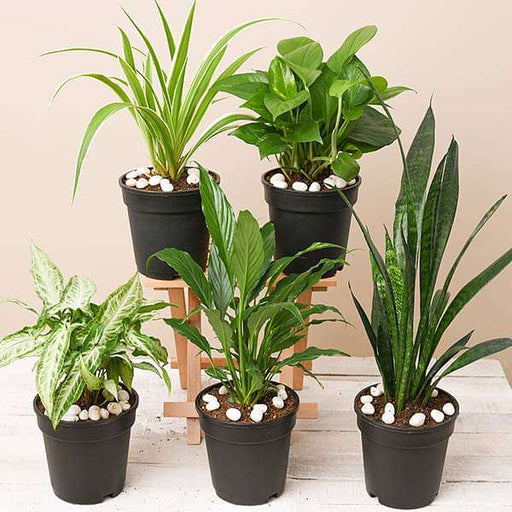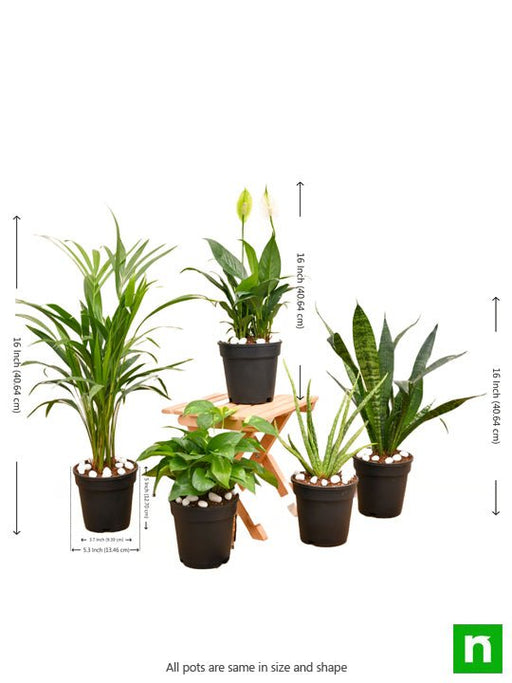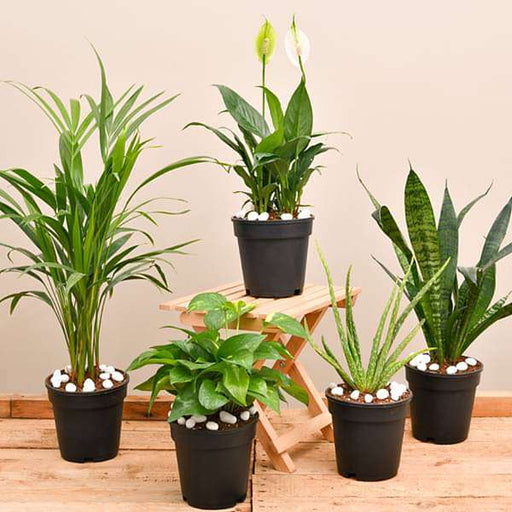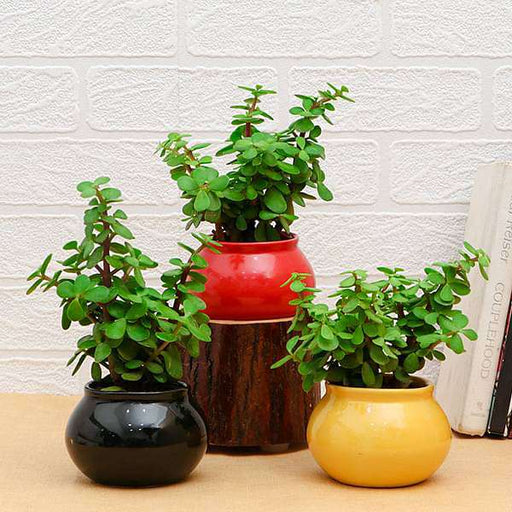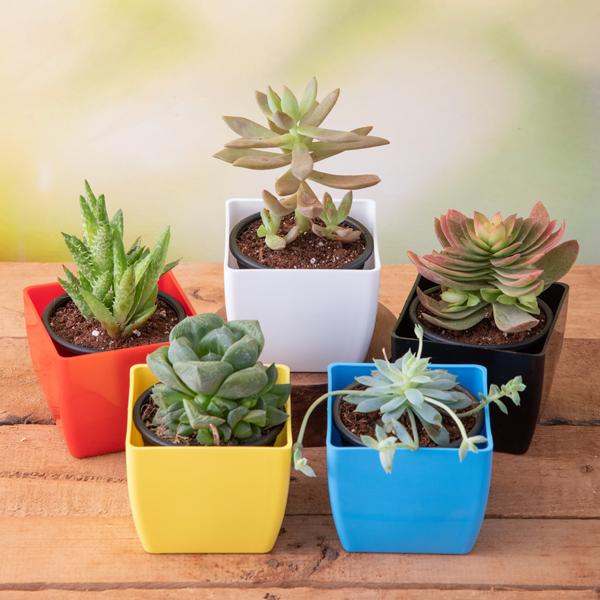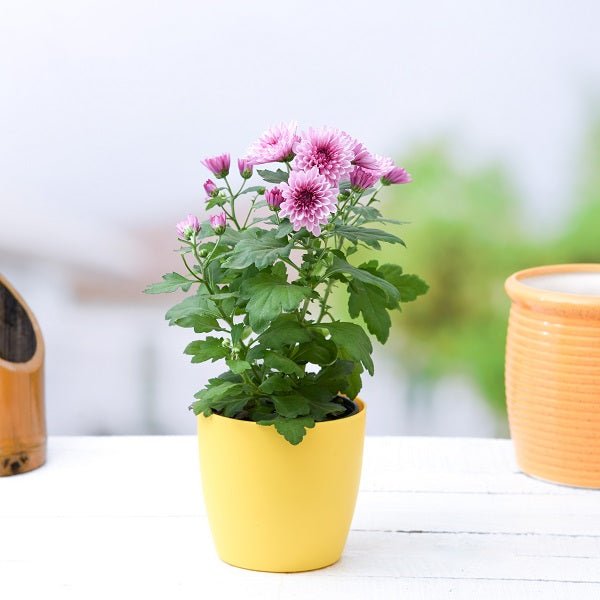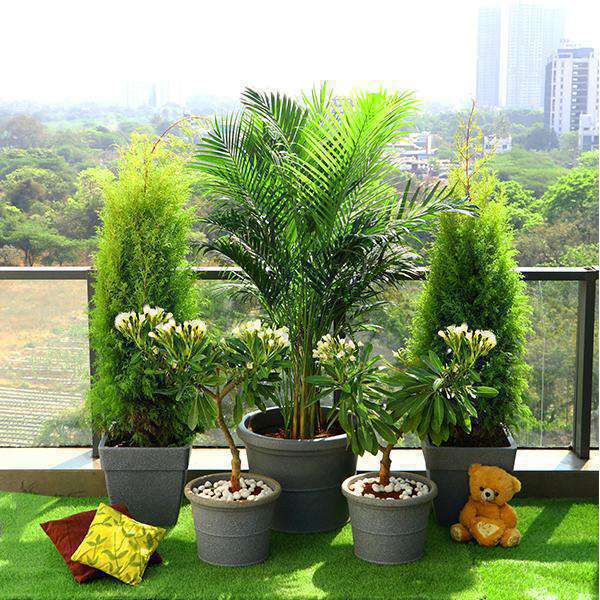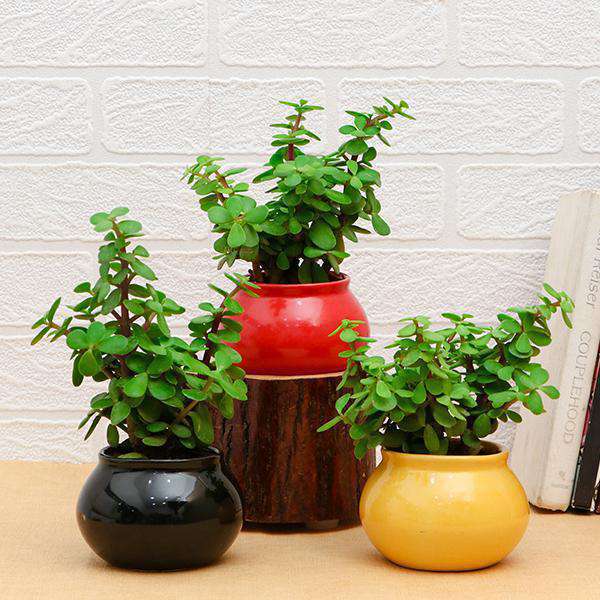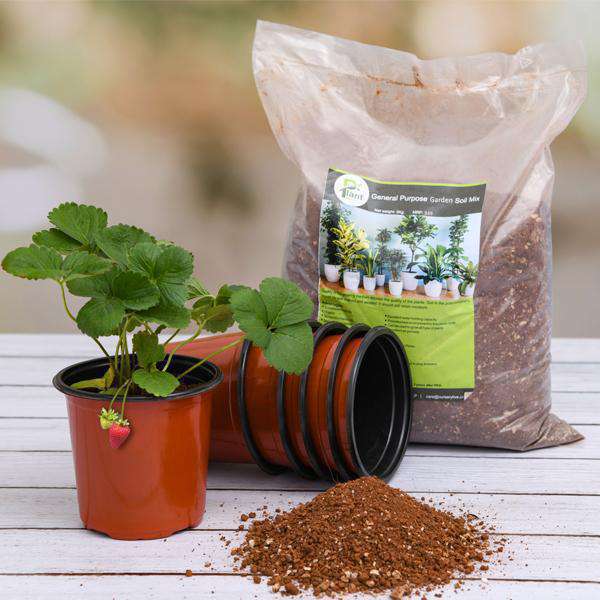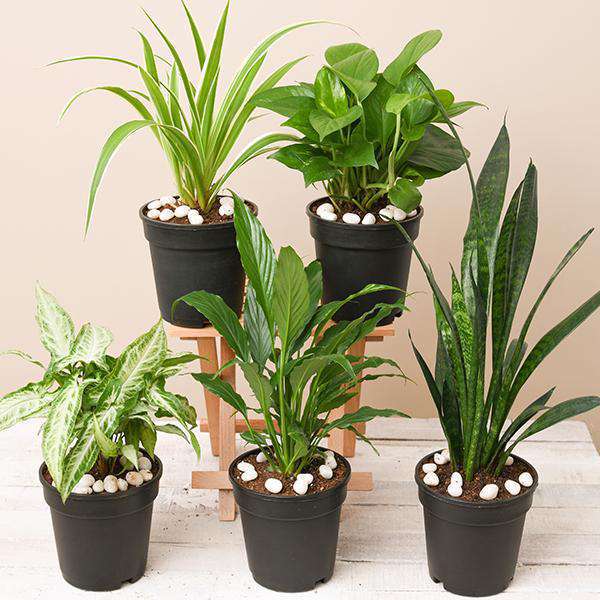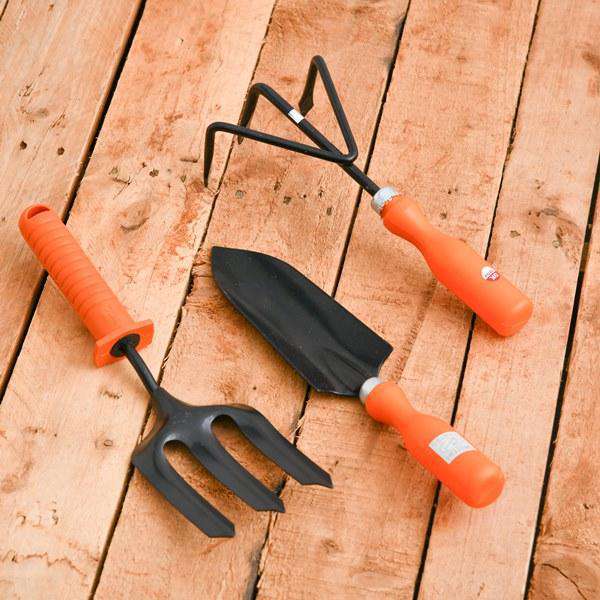Petunia Care
If you think petunias are just pretty faces, think again! These vibrant blooms require a bit of TLC to keep them looking fabulous. Water them regularly, but don’t drown them—petunias prefer a light drink over a full-on spa day. Fertilize them every few weeks, and they’ll reward you with a riot of color that’ll make your neighbors green with envy.
Red Petunia Varieties
When it comes to red petunias, variety is the spice of life! From the classic red wave to the striking red star, there’s a shade and style for every garden. Each variety brings its own flair, ensuring your garden is the talk of the town. So, why settle for one when you can have a whole bouquet of red?
Petunia Planting Tips
Planting petunias is like setting the stage for a floral performance. Choose a sunny spot, prepare the soil, and give them room to spread their petals. Dig a hole, drop in the plant, and cover it up like you’re tucking in a sleeping beauty. Water them in, and watch as they take center stage in your garden!
Petunia Pests
Ah, the uninvited guests of the garden! Petunias can attract pests like aphids and spider mites, but fear not! A little neem oil or insecticidal soap can send these critters packing. Keep an eye out for any signs of trouble, and your petunias will continue to shine like the stars they are.
Petunia Colors
Red may be the star of the show, but petunias come in a dazzling array of colors! From soft pastels to vibrant hues, there’s a petunia for every mood. Mix and match colors for a garden that’s as lively as a carnival. After all, who doesn’t love a little color chaos?
Petunia Pruning
Pruning petunias is like giving them a stylish haircut. Snip away the dead blooms and leggy stems to encourage new growth and keep them looking fresh. It’s a simple task that can make a world of difference, ensuring your petunias stay in tip-top shape and ready to impress.
Petunia Fertilization
Think of fertilization as a gourmet meal for your petunias. They thrive on nutrients, so treat them to a balanced fertilizer every few weeks. It’s like giving them a five-star dining experience, and in return, they’ll bloom like they’re on the red carpet!
Petunia Watering
Watering petunias is an art form. Too much, and you’ll drown their dreams; too little, and they’ll wilt in despair. Aim for a happy medium—keep the soil moist but not soggy. Your petunias will thank you with a spectacular display of blooms that’ll make your garden the envy of the block.
Petunia Companion Plants
Pairing petunias with the right companions can create a garden symphony. Consider marigolds or lobelia for a harmonious blend of colors and textures. These plants not only complement each other but also help deter pests, making your garden a thriving ecosystem of beauty.
Petunia Propagation
Want to multiply your petunia power? Propagation is the way to go! Snip a healthy stem, pop it in water, and watch as roots develop like magic. Soon, you’ll have a whole army of petunias ready to take over your garden and spread joy wherever they bloom.
Petunia Seasonal Care
Petunias are the life of the party, but they need a little seasonal care to keep the festivities going. In the cooler months, protect them from frost and consider bringing them indoors. With a little love and attention, your petunias will keep the party alive all year round!
